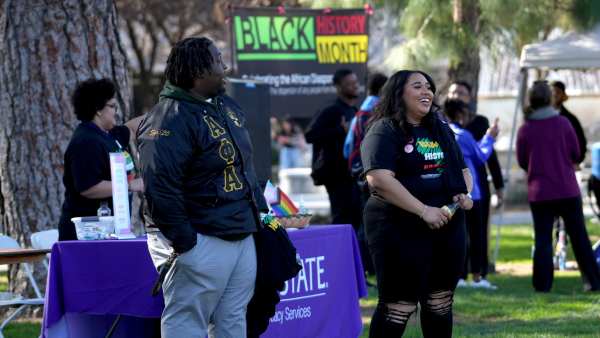As we embrace the significance of Black History Month, I am thrilled to announce this year’s theme focusing on the rich contributions of African Americans to the arts. As the University Diversity Officer, I am honored to highlight the profound impact that African American artists have had on shaping the entire ethos of American identity.
The suffering of those in bondage gave birth to the spirituals, the nation’s first contribution to music. Blues musicians such as Robert Johnson, McKinley ‘Muddy Waters’ Morganfield and Riley “BB” B. King created and nurtured a style of music that became the bedrock for gospel, soul and other still popular (and evolving) forms of music. Black contributions to literature include works by poets like Phillis Wheatley, essays, autobiographies and novels by writers such as David Walker and Maria Stewart. Black aesthetics have also been manifested through sculptors like Edmonia Lewis and painters like Henry O. Tanner.
In the 1920s and 30s, the rise of the Black Renaissance and New Negro Movement brought the Black Arts to an international stage. Members of the armed forces, such as James Reese Europe, and artists such as Langston Hughes, Josephine Baker and Lois Mailou Jones brought Black culture and Black American aesthetics internationally, and Black culture began its ascent to becoming a dominant cultural movement to the world.
The 1960s continued this thread through the cultural evolution known as the Black Arts Movement, where artists covered issues such as pride in one’s heritage and established art galleries and museum exhibitions to show their own work, as well as publications such as Black Art. This period brought us artists such as Alvin Ailey, Judith Jamison, Amiri Baraka, Nikki Giovanni and Sonia Sanchez. This rich cultural background culminated with a Nobel Prize for Literature in 1993 to Toni Morrison, for her courageous voice and affirmation of the African American self.
In 1973, in the Bronx, New York Black musicians (i.e. DJ Kool Herc and Coke La Rock) started a new genre of music called hip-hop, which comprises five foundational elements (DJing, MCing, Graffiti, Break Dancing and Beat Boxing). Hip-hop performers also used technological equipment such as turntables, synthesizers, drum machines and samplers to make their songs. Since then hip-hop has continued to be a pivotal force in political, social and cultural spaces and was a medium where issues such as racial violence in the inner city, sexism, economic disinvestment and others took the forefront.
Whether digital, literary, visual or performing arts, Black trailblazers and innovators revolutionized their fields, often transforming them by pioneering new techniques and styles. Important issues and figures in African American history are exalted through art, and underrepresented stories are preserved. For the entire month of February, we invite everyone to join us in celebrating art and its relationship with justice. Art plays a role in communicating emotions, building community and inspiring action.
African Americans have directly shaped all facets of American artistic expressions, and in doing so, they have influenced artistic expressions all over the world. They are pioneers in the United States, and leaders of artistic movements the world over.
Thank you for your commitment to fostering an inclusive and diverse environment on our campus.
In solidarity,
Rashanda R. Booker, Ph.D.
University Diversity Officer
Learn more about Black History Month events going on at Fresno State.
|


